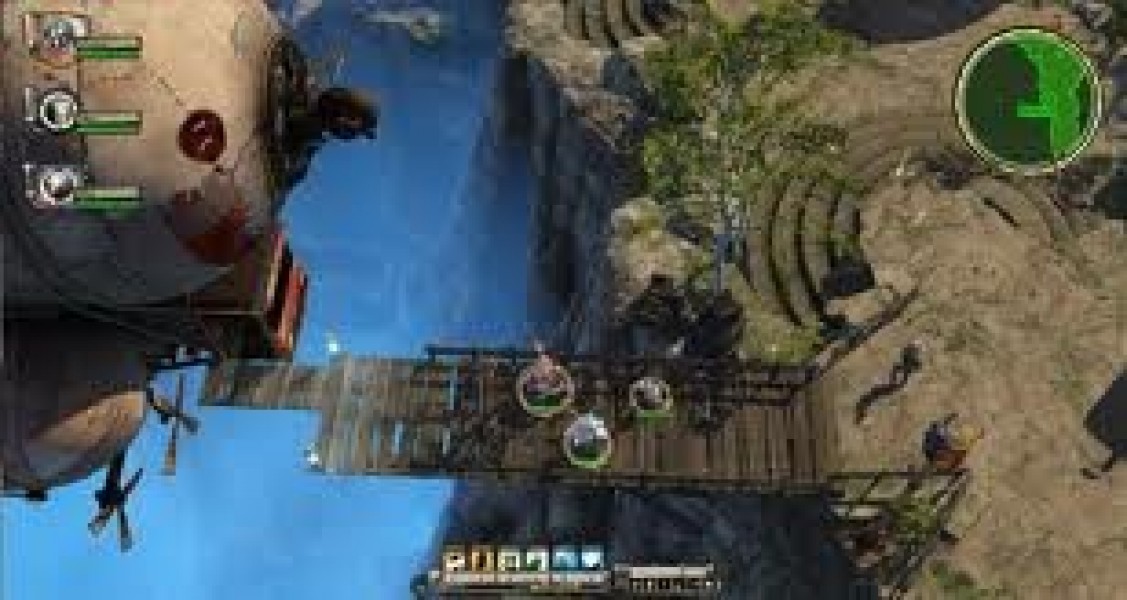

The free online edition of this open-access catalogue is available at Also available are free PDF, EPUB, and Kindle/MOBI downloads of the book, CSV and JSON downloads of the object data, and JPG downloads of the catalogue images. Among the works included are a significant dinoid volute krater and a volute krater with the Labors of Herakles that is attributed to the Kleophrades Painter. BlenderKit will appear in the add-ons list. Click on Install and find blenderkit-v3.17.zip in your Downloads folder. Go to preferences and, then open Add-ons.

Paul Getty Museum and the first ever to be published open access-presents a selection of Attic red-figure column and volute kraters ranging from 520 to 510 BCE through the early fourth century BCE. Install BlenderKit to the newest version of Blender. This new fascicule of the CVA-the tenth issued by the J. Nearly four hundred volumes have been published since the first fascicule appeared in 1922. Cataloging some hundred thousand examples of ancient Greek painted pottery held in collections around the world, the authoritative Corpus Vasorum Antiquorum (Corpus of Ancient Vases) is the oldest research project of the Union Académique Internationale. Etruscan civilization endured until it was assimilated into Roman society.Īssimilation began in the late 4th century BC as a result of the Roman–Etruscan Wars it accelerated with the grant of Roman citizenship in 90 BC, and became complete in 27 BC, when the Etruscans' territory was incorporated into the newly established Roman Empire.This expansive catalogue of ancient Greek painted pottery brings an important series into the digital age with a new open-access format. This is the period of the Iron Age Villanovan culture, considered to be the earliest phase of Etruscan civilization, which itself developed from the previous late Bronze Age Proto-Villanovan culture in the same region. The earliest evidence of a culture that is identifiably Etruscan dates from about 900 BC. Bell Krater: A, Orestes at the Altar of Apollo at Delphi B, Three standing Men. After conquering adjacent lands, its territory covered at its greatest extent, roughly what is now Tuscany, western Umbria, and northern Lazio, as well as what are now the Po Valley, Emilia-Romagna, south-eastern Lombardy, southern Veneto, and western Campania. The Etruscan civilization was developed by a people of Etruria in ancient Italy with a common language and culture who formed a federation of city-states.


 0 kommentar(er)
0 kommentar(er)
